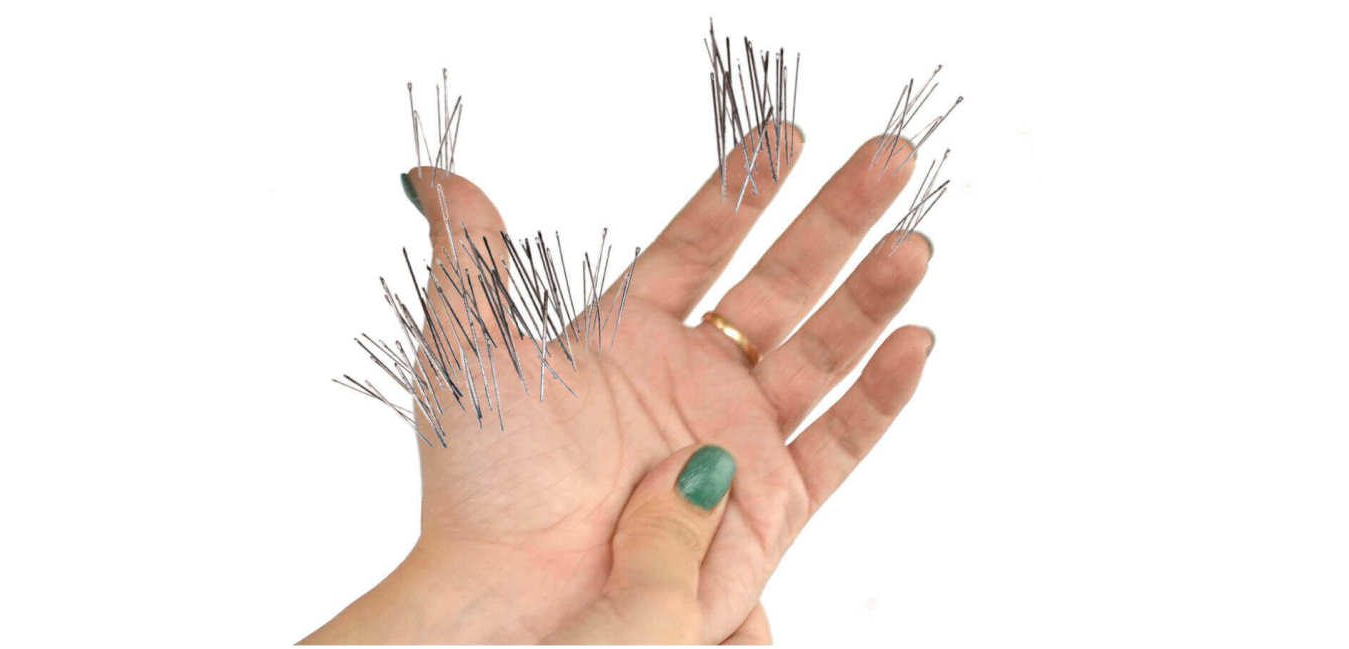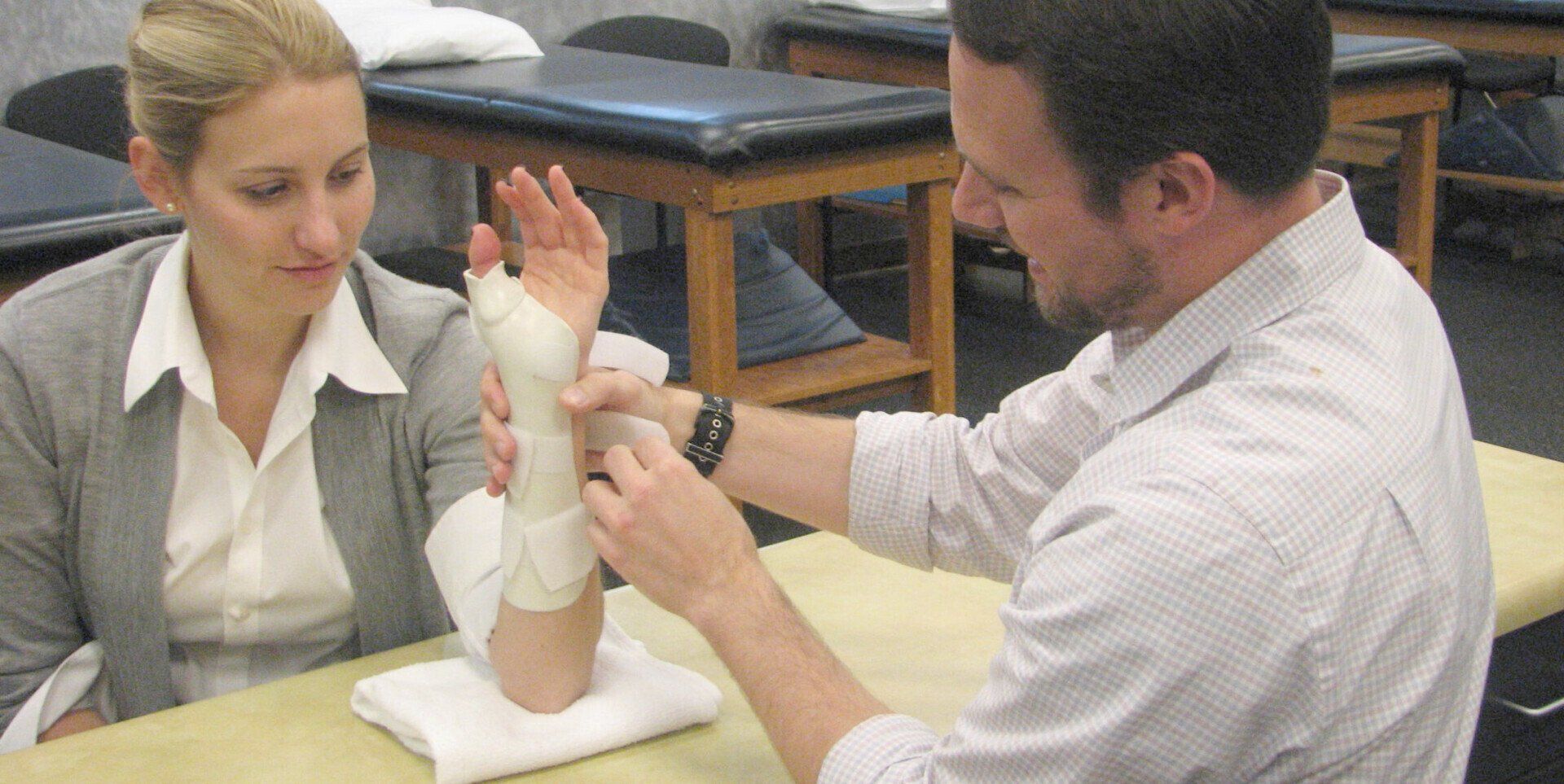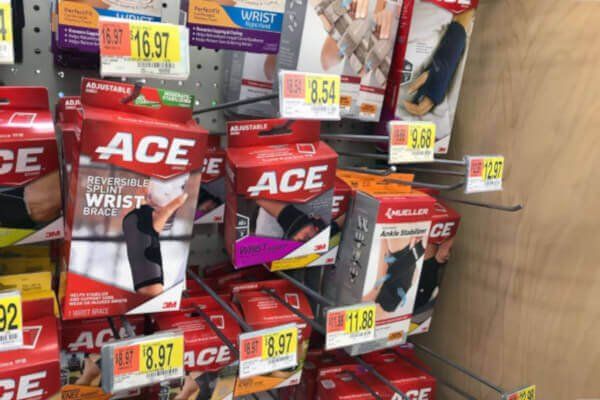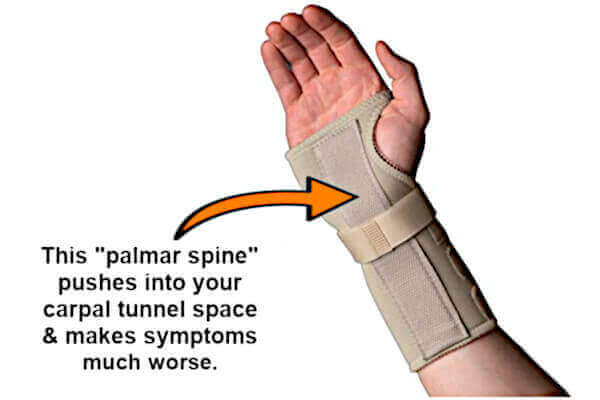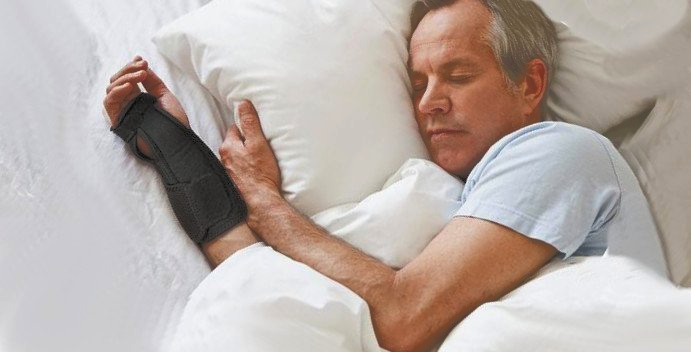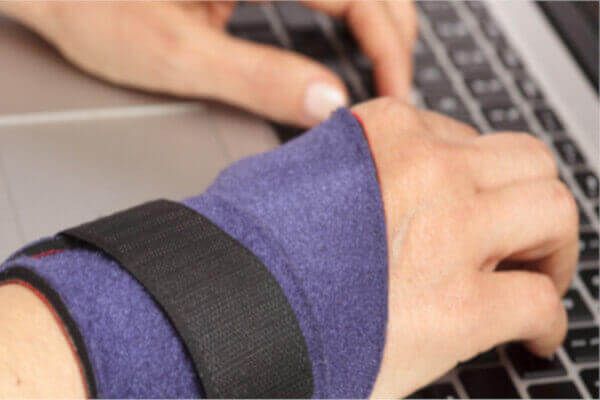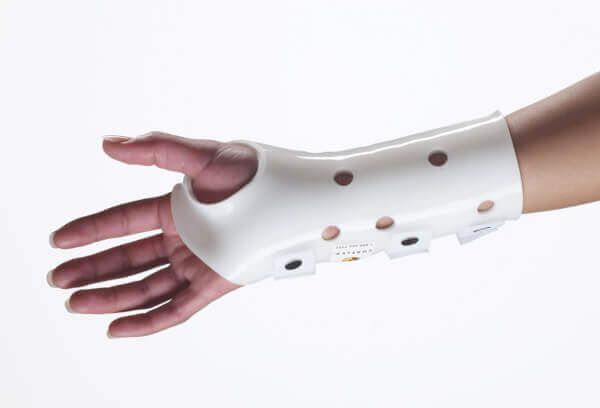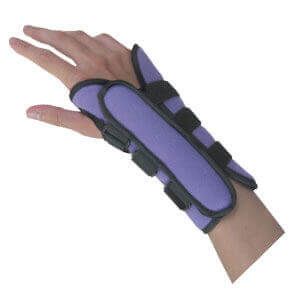How to Buy a Carpal Tunnel Wrist Brace
From Dr. Z - Carpal tunnel syndrome specialist
Buying a Carpal Tunnel Wrist Brace
You’re probably thinking about buying a carpal tunnel wrist brace. That's because you’re most likely wondering about carpal tunnel treatments that can get rid of your numbness or pain without surgery.
A brace is a GREAT idea. It's a wonderful first-line therapy to treat this painful condition - especially when symptoms are still mild. A brace is also the first thing a doctor will usually recommend for carpal tunnel. That's because for most patients, a wrist brace generally helps ease mild symptoms.
- FIND OUT: do you have carpal tunnel? No strings attached self-test.
First and foremost, be sure to look for a certified carpal tunnel brace. These are designed specifically for carpal tunnel syndrome.
Second, there are right and wrong ways to wear a brace. And there are key mistakes you can make that might cause your symptoms to worsen.
First, do you have carpal tunnel syndrome?
The feelings of pain, numbness or tingling in your fingers and hand are the primary symptoms of carpal tunnel syndrome. Maybe your doctor performed a carpal tunnel test to confirm the diagnosis. Or maybe you didn't see a doctor about these symptoms at all.
Either way, you don’t need a test to know your hand has a problem. The pain, numbness, tingling, weakness, burning or soreness told you that something had to be done about it.
But if you suspect carpal tunnel syndrome, you can verify your suspicions easily. Use this free
carpal tunnel diagnosis tool
which can detect carpal tunnel as well as tendonitis.
When you or your doctor suspects carpal tunnel, wrist bracing is the first remedy you should try. A doctor will usually recommend you wear the brace at night, and then return in a month for re-evaluation.
If you have mild carpal tunnel, your symptoms should resolve within that time. But if your condition is moderate or severe, bracing alone will probably not make much of a difference. You'll need additional remedies in combination with bracing.
When to buy a carpal tunnel wrist brace
In its first stages, many people try to deal with carpal tunnel syndrome on their own. They believe ergonomics will be the key to reducing all of their symptoms. But they're wrong.
Sufferers typically go online to buy a carpal tunnel mouse or special carpal tunnel keyboard for their workstation. These are fine products. And they may slow the progression of the condition. But these are not the answer to treating carpal tunnel syndrome.
Also, since carpal tunnel pain is usually more severe in the thumb, some people look for thumb therapy. They seek a brace that features a thumb splint (or "thumb spica") to manage the pain, especially while typing. But this is also useless.
These are common ergonomic solutions, but they don’t fix the actual problem. If you have symptoms, then carpal tunnel syndrome has already started. So you need more serious help than just a brace alone.
A brace is the FIRST STEP toward treatment. It's also one of several nonsurgical remedies you can use simultaneously.
So look into a certified carpal tunnel brace right now!
Choosing a carpal tunnel wrist brace
Braces are great for treating mild carpal tunnel symptoms. For more severe symptoms, you'll need a brace PLUS another remedy or two.
However, many people know next to nothing about braces or bracing the wrist joint. Most simply go to Walmart, CVS or Walgreens and buy a wrist support that looks like it might be useful.
(Hint: if it's from such a pharmacy, it's not a "certified" carpal tunnel wrist brace and is therefore useless.)
Before buying a brace, you should know that NO brace eliminates carpal tunnel hand pain or numbness. The brace merely keeps your hand from over-bending. Pain relief is a different matter altogether. Merely keeping your wrist stationary in one position does nothing to stop the source of the pain.
There literally are hundreds of braces you can choose from. The most popular vendors (Walmart, CVS, Walgreens) have a huge variety of them. And the internet has a dizzying selection as well.
Most of these braces have labels that say the brace is good for sprains, fractures, arthritis.... and carpal tunnel syndrome. But such is medically impossible and simply not true.
The brace you need to help relieve carpal tunnel syndrome depends on several key factors. This article lists the major points to consider when choosing a "certified" carpal tunnel wrist brace.
- The 9 most common certified carpal tunnel wrist braces are listed at the end of this article.
1. Features of a certified carpal tunnel wrist brace
A certified carpal tunnel wrist brace treats carpal tunnel syndrome and nothing else. And the brace is worn only while you sleep.
Most braces do not take one crucial fact into account. That is, treating tunnel syndrome requires minimizing pressure inside the wrist joint. Reducing that pressure is a major hurdle toward healing the median nerve that's damaged due to excessive fluid pressure.
Therefore, a certified carpal tunnel wrist brace has very special features:
- The brace does not have a palmar spine (more on that below).
- It must be very comfortable, since you have to sleep with it every night for 1-2 months.
- It must keep your hand and wrist in the neutral position – which means "flat".
- The brace should not be too tight around the wrist or hand, which would restrict blood flow and fluid drainage.
- Your carpal tunnel wrist brace should not totally restrict wrist movement. A little movement is necessary to pump excess fluid out of the wrist area.
- The brace must be easy to put on and take off. That's because your other hand may also have carpal tunnel syndrome ( which happens 80% of the time ). If it's not easy to use, your other hand may fumble too much.
- It must have straps and Velcro for making adjustments easily and without fumbling.
- The brace should be washable because you'll be wearing it a lot.
- It should be made of fabric that allows your skin to breathe through it.
- See the list of certified carpal tunnel braces at the end of this article.
2. Mind the spine!
The most important feature of a certified carpal tunnel wrist brace is that does NOT have a palmar spine. That's the thin metal spine or "stay" on the palm side of most ordinary wrist braces (see picture above).
This means any brace advertised as a “carpal tunnel wrist brace” that has a spine on the palm side is not designed for carpal tunnel syndrome. The spine is very bad for your condition because bending your wrist with a solid structure there will force additional pressure into the wrist joint.
And your hand doesn't have to make big movements for the pressure to increase dramatically. Even small unconscious bends are harmful. They will increase the fluid pressure inside your carpal tunnel space and further damage your median nerve.
In short, a palmar spine will increase the pressure inside your wrist joint, particularly on the median nerve. Pressure on the nerve is the root cause of carpal tunnel syndrome.
So why add even more pressure with an improper brace? Buy a brace with the spine located on the side or top of the fabric.
3. Brace your hand only at night
4. Never brace your hand during the day
5. Ignore rigid wrist braces
6. A soft certified carpal tunnel wrist brace is best
Ordinary braces are designed for everyday wrist bracing. For instance, they're good for problems like wrist sprains and arthritis. But carpal tunnel syndrome has its own unique issues that ordinary braces cannot address properly. That means they're not suited for treating carpal tunnel syndrome.
Only a certified carpal tunnel wrist brace can do that.
Therefore, look for a brace specifically designed to treat carpal tunnel syndrome. (Actually, certified carpal tunnel wrist braces make up less than 0.1% of all braces sold.)
Most pharmacies and discount chains sell soft wrist braces that say they're "for carpal tunnel syndrome". But 99.9% of the time, those braces are not certified carpal tunnel wrist braces. In fact, you'll often see ordinary braces called "carpal tunnel wrist braces". But they're also advertised as being good for other conditions like arthritis, fractures, sprains, etc. This is medically impossible. So be careful!
7. List of certified carpal tunnel wrist braces
As of this publication, there are currently 9 certified carpal tunnel wrist braces available on the market. Any brace other than these will likely make your carpal tunnel syndrome worse.
(Disclosure: this author invented the brace listed first. But all are fine products.)
Buying a brace is just the first step...
Conclusion
There are many considerations in buying a carpal tunnel wrist brace. Above all, make sure it's certified for carpal tunnel syndrome. You can tell by insuring the brace does not have a palmar spine. Also be sure to wear the brace at night but not during the day while you’re working your hand. Either one of these cautions can make the difference between healing or making your carpal tunnel syndrome much worse.



